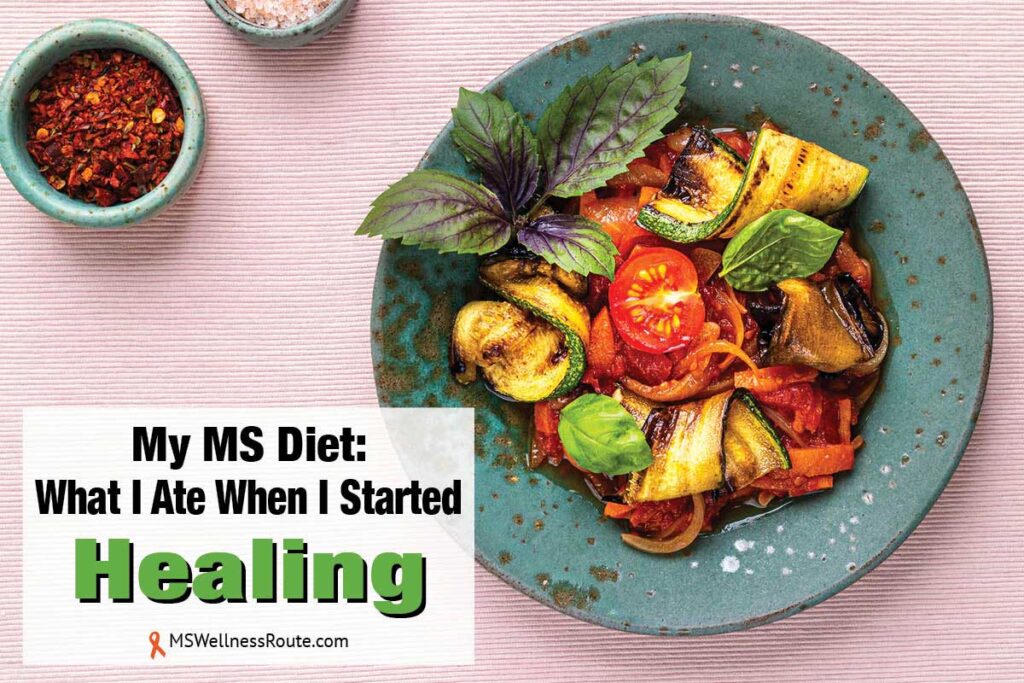
When I was first diagnosed with multiple sclerosis (MS), I didn’t really know what it was. There was no internet, so I couldn’t just go online and look it up. My neurologist told me to go to a bookstore and buy a certain book. Then he told me, “Hope for the best and plan for the worst.” That was it. No follow-up visit. No real guidance. I wasn’t given any information, and I was completely on my own to figure things out. I felt like I was the only person in the world who had MS.
Eventually, I started learning about different MS diets and tried following them exactly. But I quickly realized something important: there is no one-size-fits-all MS diet.
What finally worked for me wasn’t sticking to one specific diet. It was combining two diets and listening to my own body. I took what I needed from the Wahls Protocol and recommendations from the book Healing Multiple Sclerosis. I also made adjustments based on my sensitivities, symptoms, and lifestyle. And that’s when the real healing began.
Below, I’m going to share exactly what I ate during that time. And, why it’s so important to personalize your own approach. Because healing isn’t about perfection—it’s about paying attention to what your body needs.
My Journey to Reversing MS Symptoms

Back in 2004, I had an MS attack that left me looking—and feeling—like I’d had a stroke. It was terrifying. My face was paralyzed, I had double vision, my speech was slurred, and more. It was scary and depressing. The drugs I was on only seemed to make me feel worse. I knew I had to find another way.
That’s when I started searching the internet for something different. With one eye closed (due to double vision) I discovered I could use food as medicine. Just one week before Thanksgiving that year, I dove into the Swank Diet and committed to it fully. It was extremely hard but I didn’t want to risk having another flare.
Over time, I experimented with different diets. I tried the Best Bet Diet, then the Paleo Diet, and even the Autoimmune Protocol (AIP). Each one helped in some way, but none reversed my symptoms. I kept searching.
Then in 2014, the book The Wahls Protocol came out so I switched diets again. It felt like a big step forward. I figured if she can get out of her wheelchair I can reverse my symptoms 100%. But again—nothing.
But in 2015, everything changed when I picked up a copy of the book Healing Multiple Sclerosis. After reading it, I had a lightbulb moment—what if I combined the two?
That’s when I developed my own version of a healing diet, based on both Wahls and Healing MS. Three months later, I noticed my severe heat intolerance was gone!
What I Ate When My Symptoms Reversed
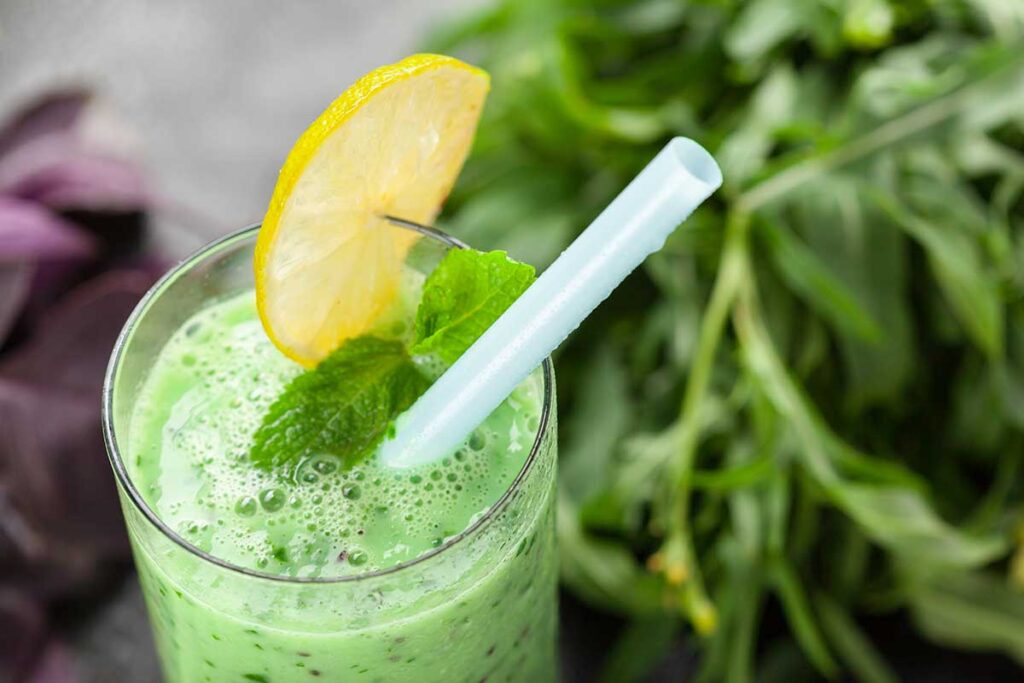
Image by fabrikasimf on Freepik
Once I combined the two diets, I started seeing results. Within three months, I noticed my heat intolerance was gone! My body began to heal. It didn’t happen overnight, but it felt like my symptoms were slowly fading away. Here’s what I ate during that time.
1. A Lot of Veggies—Every Day
The biggest change I made was adding lots of vegetables. I drank the entire pitcher of a smoothie every day. It was packed with leafy greens and cruciferous vegetables.
- I had 6–8 cups of leafy greens like spinach, kale, or power greens mix.
- I added 3 cups of cruciferous veggies like cauliflower rice and broccoli sprouts. The kale counts as leafy greens and cruciferous veggies.
Drinking it all as a smoothie made it easier to get that many veggies in one day. I also tried to buy organic whenever I could to avoid pesticides, which can make symptoms worse.
What I Avoided
I stopped eating anything that made inflammation worse or triggered my symptoms. That included:
- Processed foods
- Gluten and dairy (including whey, which is dairy)
- Meat (I rarely ate it—maybe once a month or less, and only grass-fed or wild-caught)
- Nightshades (my body was sensitive to them)
- Fermented foods, vinegar, and mushrooms (I had trouble with histamines)
- Caffeine, including chocolate and green tea
- Scavenger foods like pork, catfish, shrimp, and crab
- High-mercury fish like king mackerel and tuna
- I also avoided legumes. The Wahls Protocol recommends avoiding legumes. The Overcoming MS (OMS) diet encourages eating them. Personally, I skipped them simply because I don’t like the taste.
- I also avoided eggs, simply because they gave me gut pains and diarrhea.
2. Healthy Fats—But Kept Low
I followed Dr. Swank’s advice and kept my fat intake low.
- Instead of adding lots of healthy fats like avocados or nuts, I only ate a small amount.
- For my veggies, I either ate them raw, steamed, or air-fried them rather than cooking them with oil.
- Each day, I included 1 tablespoon of flaxseeds and some chia seeds. Both are full of omega-3s, which help repair myelin and support the brain.
Many people are surprised by how powerful an MS diet can be for healing. Don’t get discouraged if you don’t see any results, the key is to adjust the diet to fit your needs.
Check out these MS diet tips for your healing journey. 👇
YOU MAY ALSO ENJOY READING:
Four Things I Do Differently Today
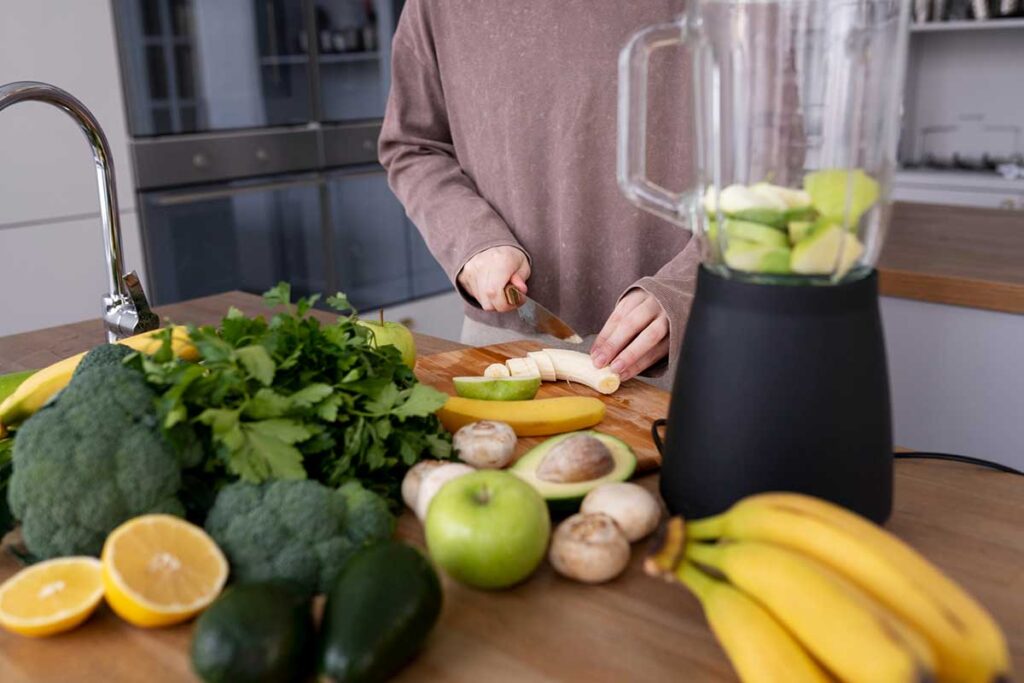
Over the years, I’ve learned that healing isn’t just about diet. It also includes your lifestyle. Plus, what worked at one point might need a little tweaking later. Here’s what I do now that helps me feel my best.
1. Drink More Water
Back then, I followed the old advice of 64 ounces a day. Now I know better.
- Women need about 91 ounces of water daily.
- Men need around 125 ounces.
I’m tall, so I drink more than the recommended 91 ounces a day.—I aim for one more cup (8 ounces). It was hard at first, but now my body actually craves water. I start drinking as soon as I wake up and use my phone to track how much I’ve had. It really helps me stay on top of it.
I know this can be hard if you’re dealing with bladder issues. I get it—I’ve been there. But water is so important for healing. It helps flush out toxins and supports your cells. Without enough water, your body can’t repair itself properly.
Tips if you struggle with bladder urgency:
- Spread out your water during the day—don’t chug it all at once.
- Set a timer every 15–30 minutes to remind yourself to take a drink of water.
- Try adding hydrating foods like cucumber, melons, or oranges.
- Stop drinking a couple of hours before bed to avoid nighttime accidents.
Water gives me more energy. It also clears my mind, even though staying hydrated can be tough. I’ve also noticed that when I don’t drink enough, I can’t lift my legs as high. Staying hydrated really does make a difference.
2. Eat More Healing Foods
I’ve added a few new things to my daily routine:
- 1 cup of wild blueberries every day for brain health. They have twice the antioxidants of regular blueberries.
- 1 sheet of nori (seaweed). Flaxseeds give me one kind of omega 3 (ALA), and nori has the others (EPA and DHA).
- A small handful of raw pumpkin seeds in my smoothie for calcium, magnesium, and zinc.
- Turmeric + black pepper and ginger (to enhance absorption). I add one teaspoon of each to my smoothie.
- I also added nightshades back into my diet. Grape tomatoes and bell peppers make an easy and convenient snack. I avoided green bell peppers because they are unripe plus I don’t like the taste.
3. Careful with Fats
Still following Dr. Swank’s advice I kept my fat intake low. But I make sure to get enough healthy omega-3s by adding fresh ground flaxseed to my smoothie every day. The Overcoming MS diet recommends 1–2 tablespoons of flaxseed oil. Instead, I grind whole flaxseeds myself using a small coffee grinder. It’s cheaper to buy them in the bulk section at the grocery store. Plus, grinding them fresh helps preserve the nutrients.
I add 6 tablespoons of ground flaxseeds to match the amount of omega-3s in 2 tablespoons of oil. Ground flax also gives you fiber, which flaxseed oil doesn’t have. It’s been a great way to support my brain and help my body heal—without going overboard on fat.
4. Manage Stress Daily
Stress was a big reason why my symptoms stopped improving for a while. Now I make it a priority to not stress. Here’s what has helped me stay calm and happy:
- Meditate with calming music. I close my eyes and tell each part of my body to relax, from my head to my toes.
- Practice mindfulness by letting go of the past and not worrying about the future. You can’t change what’s already happened, but you can take steps to shape what comes next.
- Take lemon balm tincture—about 4 full droppers in my smoothie. It really helps me stay calm. Little things don’t bother me as much anymore, and that’s made a huge difference in how I feel.
Don’t Forget These Two Key Supplements
I’ve taken many supplements and they have helped but since this is a nutrient-dense diet I now only take two. Vitamin D and B12 are incredibly important for people with MS. These nutrients support your nervous system, energy levels, and overall healing.
Be sure to talk to your doctor about getting your levels tested and finding the right dose for you.
Why There’s No “One-Size-Fits-All” MS Diet

Over the years, I’ve learned something really important:. There’s no perfect MS diet that works for everyone. What helps one person might not work at all for someone else. We all have different bodies, symptoms, sensitivities, and health histories.
Some people do well on high-fat diets like keto. I followed Dr. Swank’s advice to keep fats low, and it made a huge difference for me. Others love fermented foods, but I had to stop eating them because my body reacts to histamines. That’s why listening to your own body is so important.
It’s okay to take ideas from different diets and build your own plan. That’s what I did. I combined parts of the Wahls Protocol and the Healing Multiple Sclerosis diet. That’s when I started healing.
Don’t feel discouraged if someone else swears by a certain diet and it doesn’t help you. It doesn’t mean you’re doing anything wrong. It just means you need something different.
Your body is always giving you clues. Pay attention to how you feel after you eat. Keep track of what helps and what doesn’t. And give yourself time. The central nervous system is slow to heal.
How to Find the Right MS Diet for You
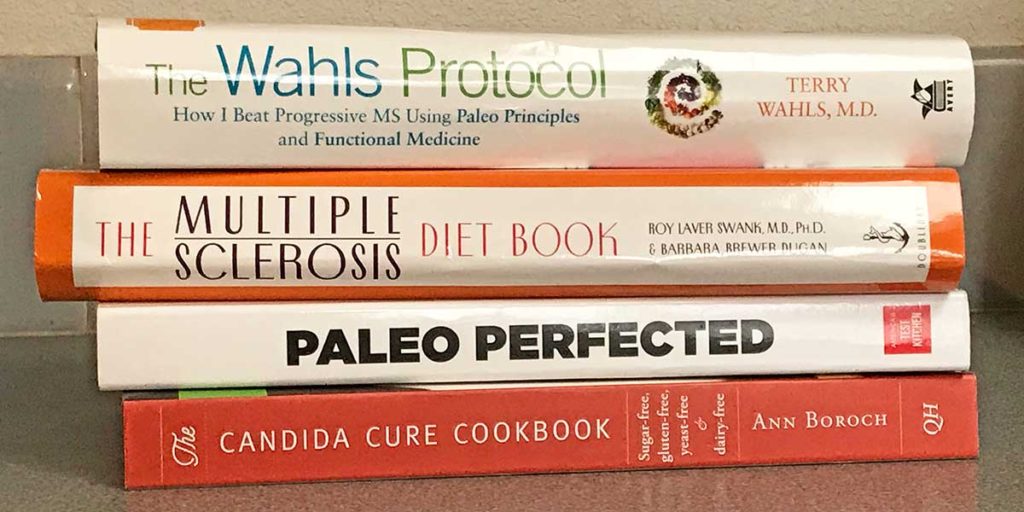
If you’re feeling overwhelmed by all the different MS diets out there, you’re not alone. I’ve tried several over the years, and I’ve learned that the best diet is the one that works for your body. Here are some tips to help you figure that out:
1. Start with a strong foundation
Begin with a diet that’s rich in whole, unprocessed foods. Include lots of vegetables, fruits, clean protein (if you eat it), and healthy fats (if you tolerate them). Avoid processed food, sugar, gluten, and dairy.
2. Keep a food and symptom journal
Write down what you eat and how you feel each day. This makes it easier to notice patterns. For example, you might find that mushrooms give you headaches. Nightshades might make your fatigue worse.
3. Test changes slowly
Don’t try to overhaul your entire diet overnight. I did this and it was extremely hard and depressing. Make one change at a time—like removing legumes first then nightshades. This helps you understand what’s helping and what’s not.
4. Work with a practitioner if you can
If you have access to a functional medicine provider or nutritionist, they can help guide you. But even if you don’t, trust yourself. You know your body better than anyone else.
5. Be flexible
What works for you today might need tweaking down the road. That’s okay. MS symptoms can change, and your diet can change too.
Don’t stress over which MS diet is best for healing. All MS diets are helpful, you just need to adjust them to fit your needs. Just keep moving in the direction that feels healing.
The Perfect MS Healing Diet
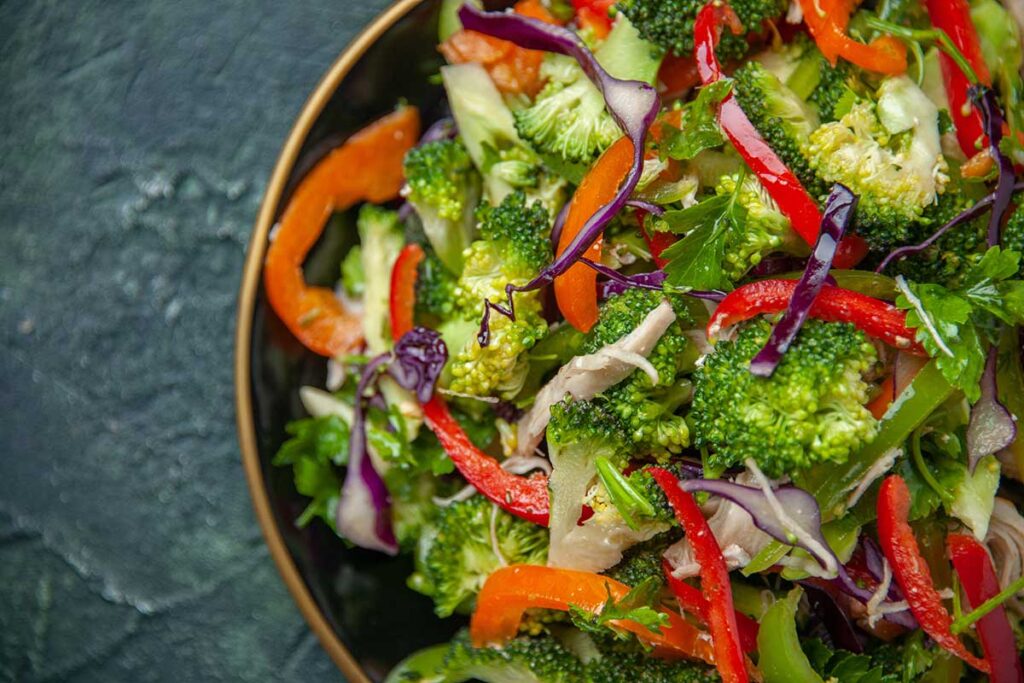
Healing from MS is possible. But it doesn’t come from following someone else’s exact path. It comes from listening to your own body, being patient, and making choices that feel right for you.
I’ve tried many diets over the years. What finally helped me wasn’t just one plan—it was a blend of what worked best for me. And that’s what I hope you’ll take away from this: you get to create your own version of healing.
Start small. Drink more water. Eat more veggies. Track what helps and what doesn’t. Give yourself time, and most of all—don’t give up.
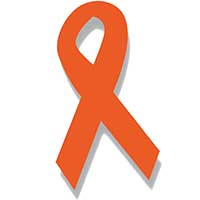
Start Healing Naturally with My MS Food List
Get the exact foods I used when my MS symptoms began to reverse—plus tips, recipes, and support delivered to your inbox each week.
💌 Sign up to get your free printable guide!
Want to remember this health tip? Pin it to your Pinterest board!
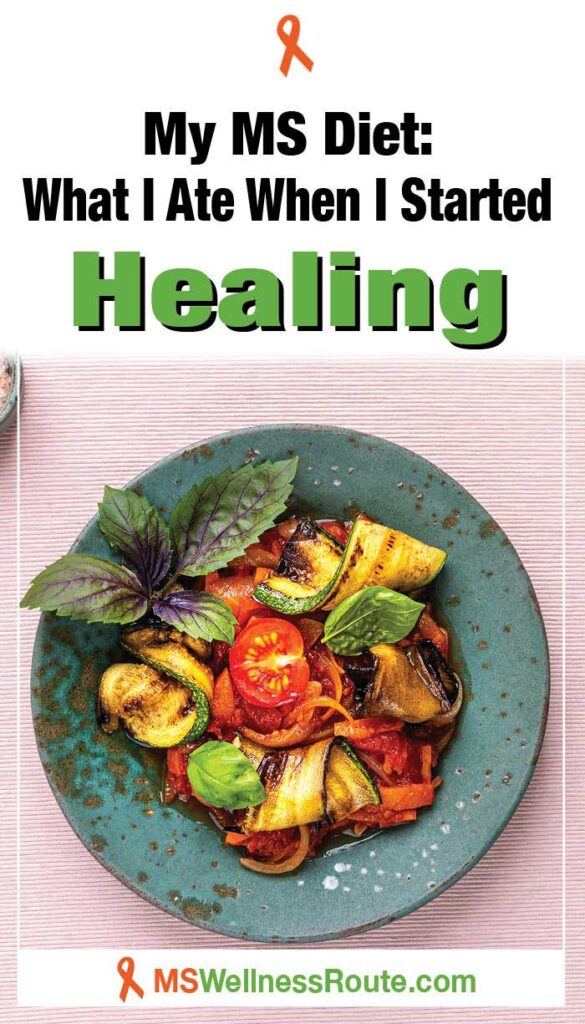
Image by user14908974 on Freepik
My MS Diet: What I Ate When I Started Healing




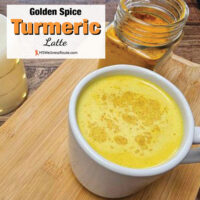

Leave a Reply